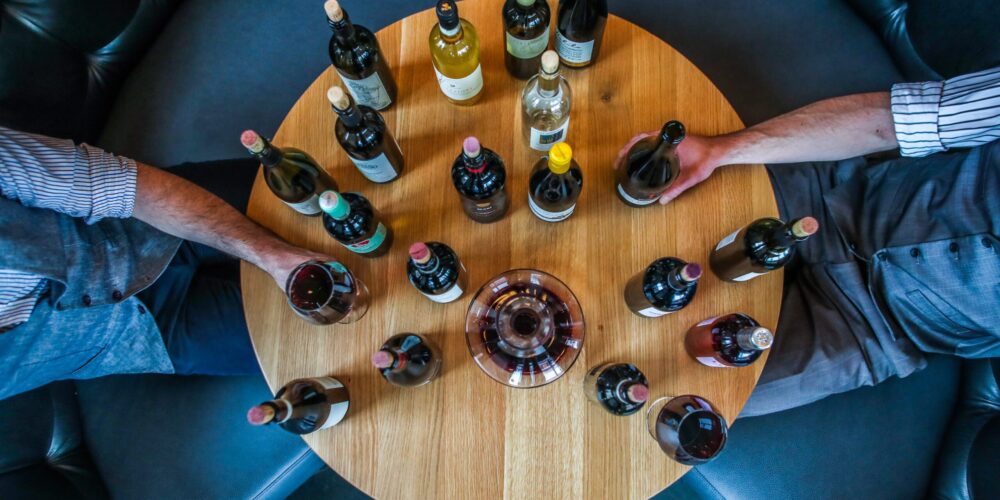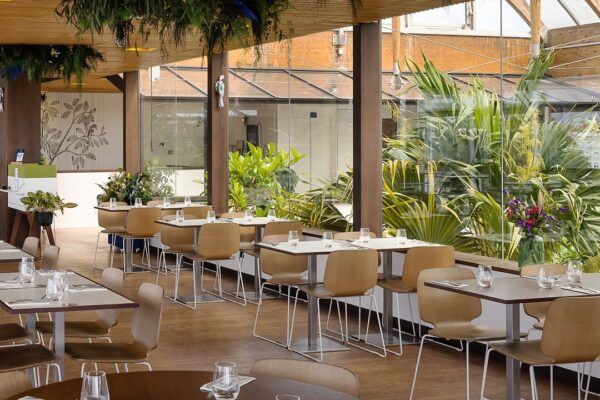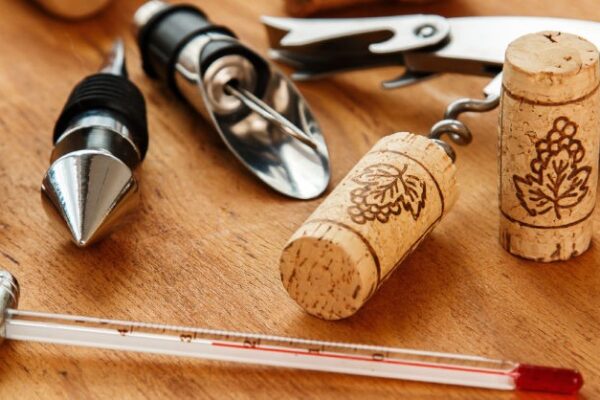Wine is a delicate product that can unfortunately go stale, spoil or become oxidized. Plus, there’s the risk of corked wine that you will only discover upon serving the customer their wine. Once opened, bottles are sometimes forgotten about without being finished. In this case, there is a chance that you are wasting open bottles of wine.
Do you accumulate half-used bottles in your bar? Think you can’t make use of them? Think again – instead of throwing them out, give them a second life in the kitchen. Leftover wine is brilliant in dishes, sauces, vinegars and cocktails – the creative possibilities are endless.
What are the risks with wine that has gone off?
There are various ways in which your wine can spoil. Here are the four main risks in unopened or opened wine:
- A maderised wine is one that has become oxidised due to contact with air. Its colour will have evolved to show signs of age and the cork will no longer be supple.
- A stale wine is one that has lost its aromas and structure, also due to oxidation.
- An “off” wine is a wine that has been open for too long, usually three to five days. Serving it to customers could make them sick.
- A corked wine will have a taste of cork, aromas of wet cardboard, or even mould. If the smell isn’t too bad, the wine can be re-used for cooking.
How can you re-use and transform leftover wine to avoid wasting it?
If your wine hasn’t gone totally off, there are many recipes in which you can use unfinished bottles of wine. Perhaps some of them are even already on your menu!
From traditional dishes to original culinary creations, you can amaze your customers by cooking with wine. White, sweet, red and even sparkling wine can all be transformed and used to create stunning dishes.
Cooking with leftover wine
White wine can be used to make many sauces that go with fish, such as white wine sauce, béarnaise, hollandaise or beurre blanc sauce. It can also be used in the cooking of dishes such as moules marinières or blanquette de veau, or as an ingredient in risotto.
As for sweet wines, they make excellent ingredients in sweet-savoury dishes, like chicken and prune tagine or turkey and dried apricot tagine.
With your red wines, you can prepare the famous French poached pear recipe as well as other traditional dishes like boeuf bourgignon, coq au vin or Provençal stews. Red wine can even go into a bolognaise or into caramelized onions or chutney to serve with cheese. And it of course also makes excellent vinaigrettes.
One little tip if you want to conserve wine longer for cooking purposes – pour your wine into an ice cube tray and freeze it. That way you’ll have portions ready to use in your recipes.
Using leftover wine in cocktails
Wine-based cocktails are all the rage. Offer your customers, sangria made with a red, white or rosé wine base. You also have cocktails like the Frozé, a very refreshing rosé-based drink, or the Jacqueline, made with a blend of white wine, lemonade and grenadine.
With sparkling wine, you can make very nice aperitifs like the Kir royal and Soupe angevine. For a classic kir, why not use a leftover bottle of Bourgogne aligoté?
Mixology offers plenty of possibilities for innovating and making personalised cocktails with wine. It’s the opportunity to add signature cocktails to your menu and to put a stop to waste.
Find out more
As you’ve seen, wine is a very sensitive product that requires great care. To ensure the best conditions of conservation for your wine, read our article: How Should You Store Wine



